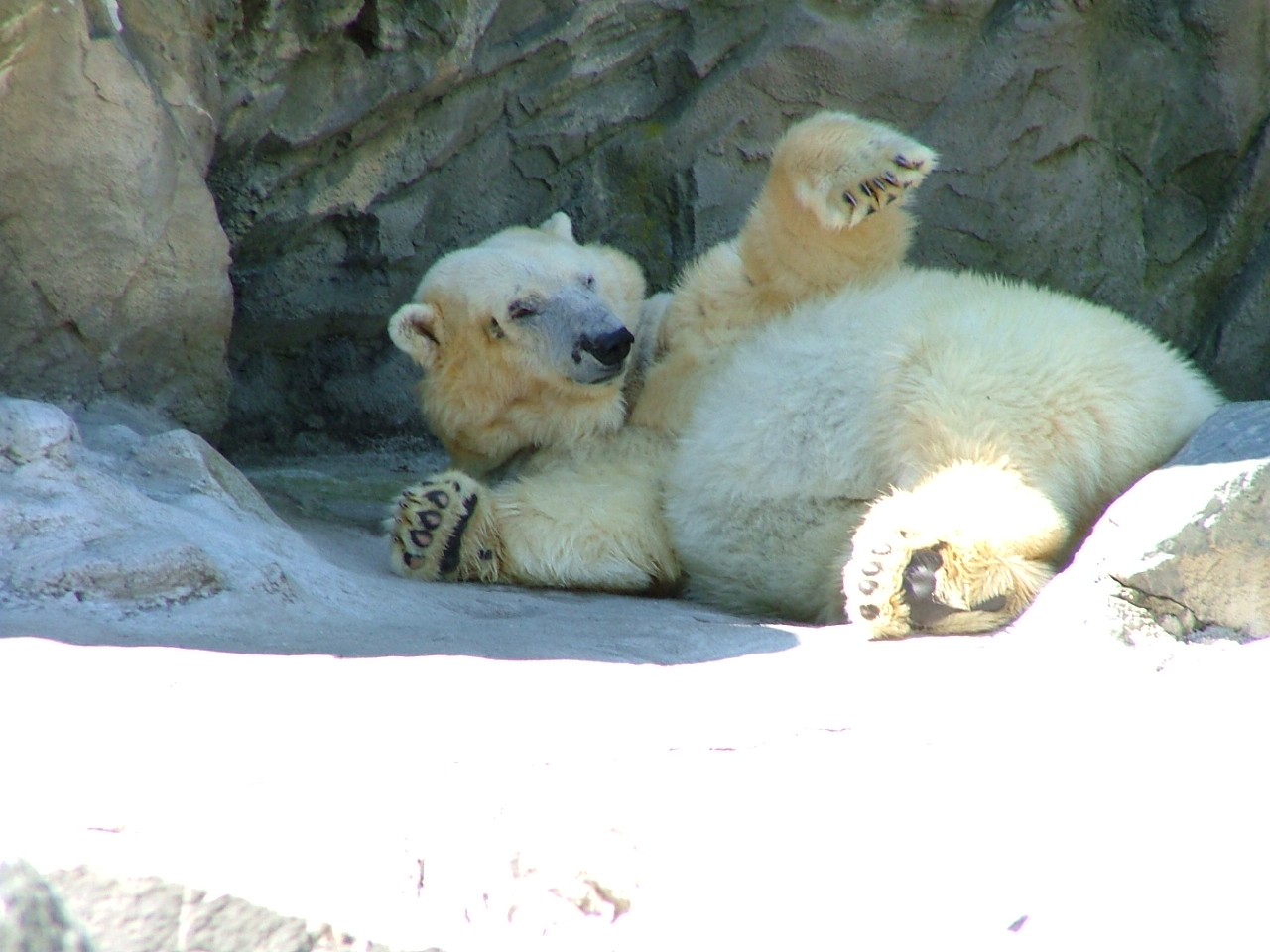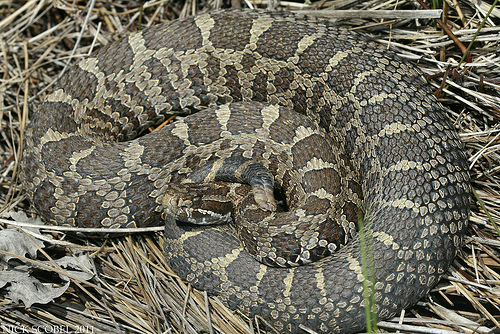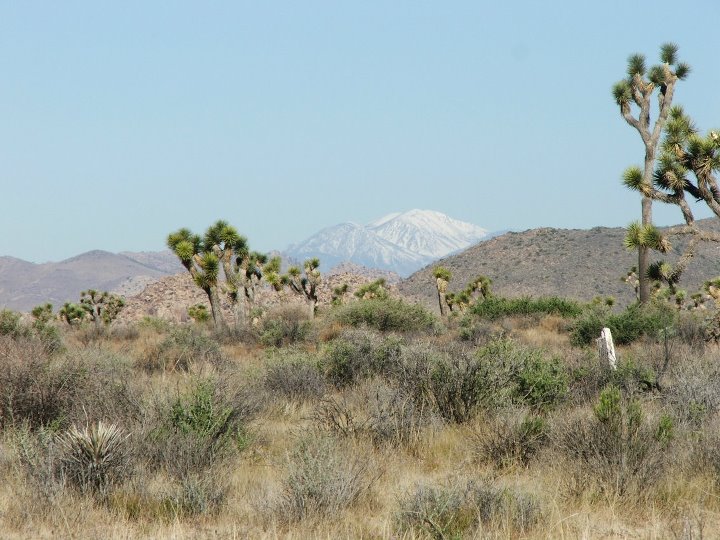Outbreaks of infectious disease make headlines around the globe almost daily. Viruses, bacteria, fungi, protozoa, and parasites have the potential to affect both humans and animals alike. A variety of infectious diseases can also be categorized as being zoonotic meaning they can be transmitted to other species. As reported by the Center for Disease Control (CDC) and the World Health Organization (WHO), at least 2.2 million human deaths annually are the direct result of zoonotic pathogens. As for domestic animals and wildlife, there is not an accurate number due to the under reporting of sickness in developing nations. For our …
Emerging Zoonotic Diseases in Wildlife


